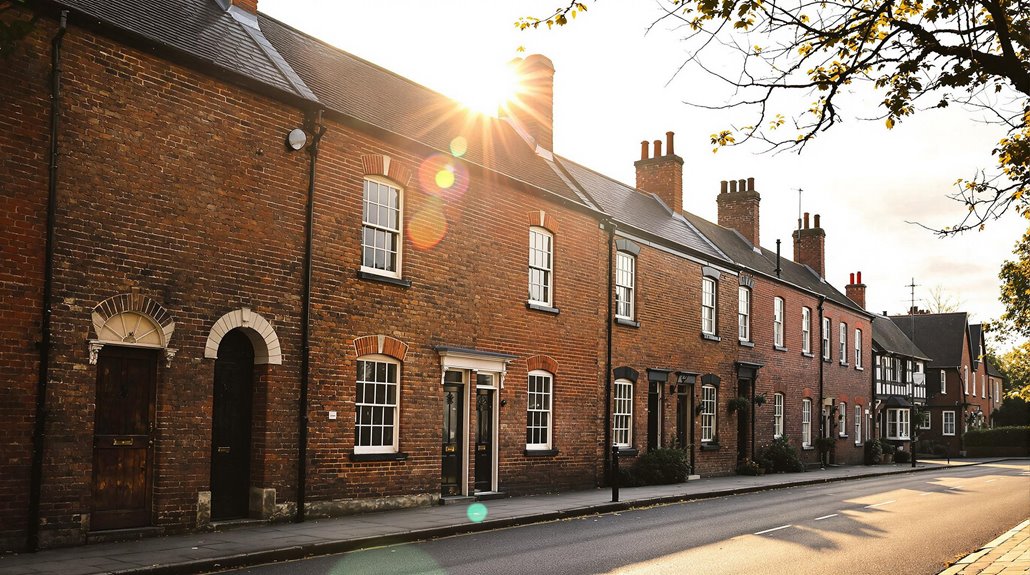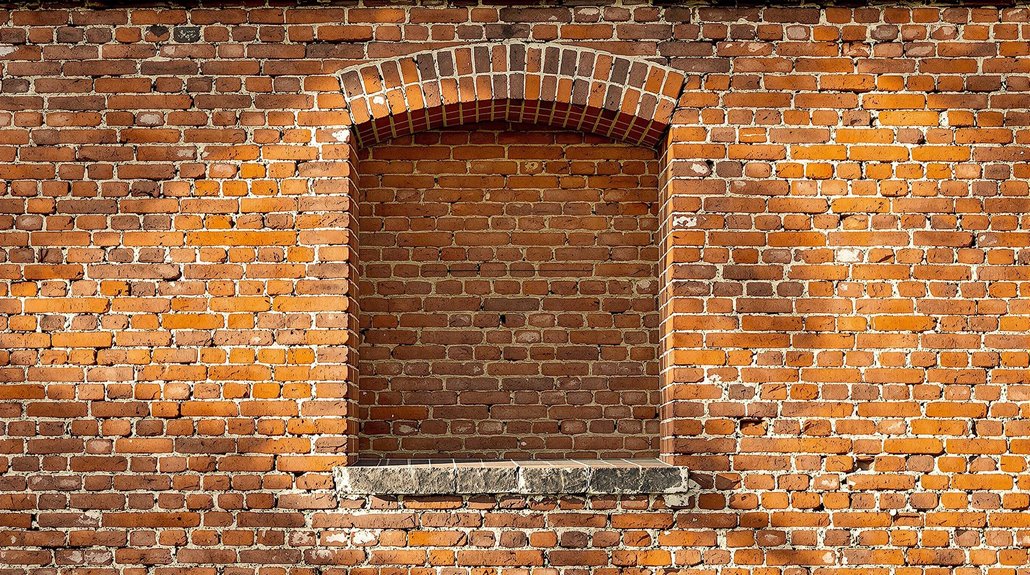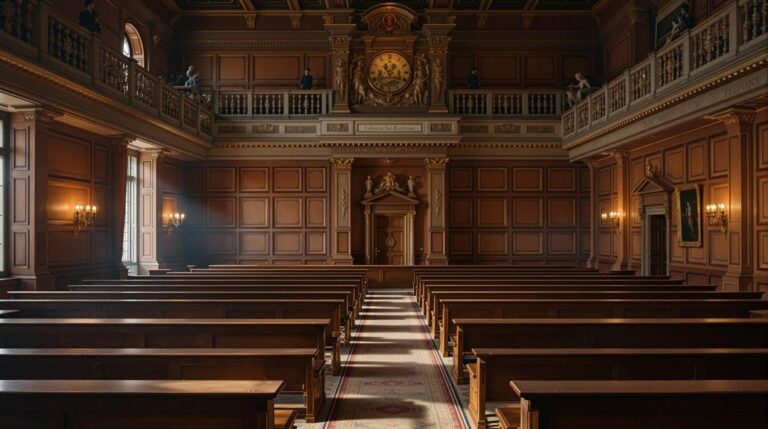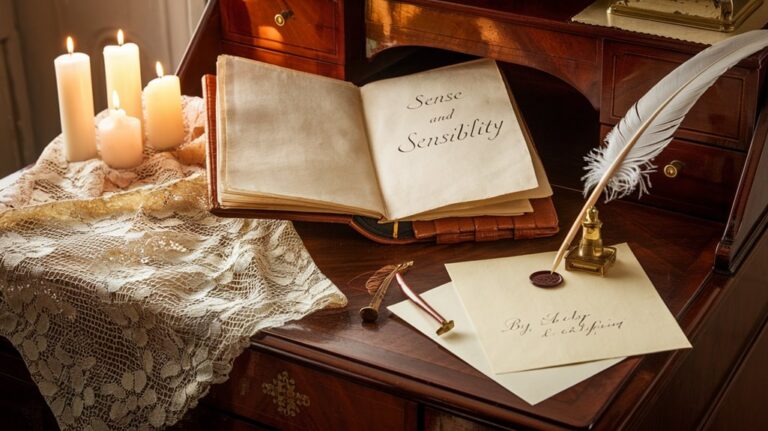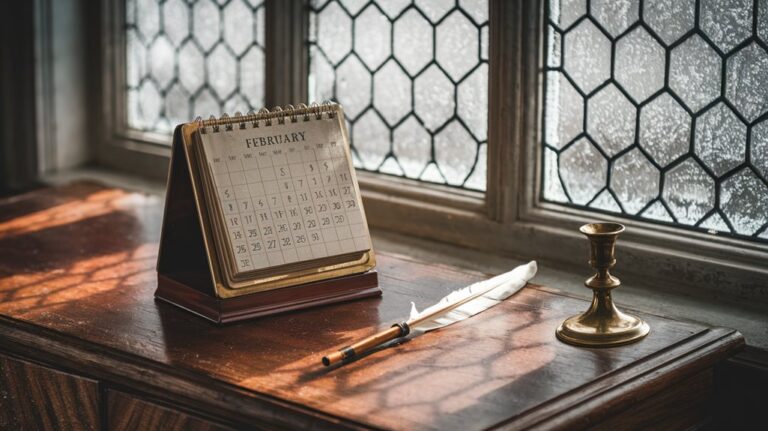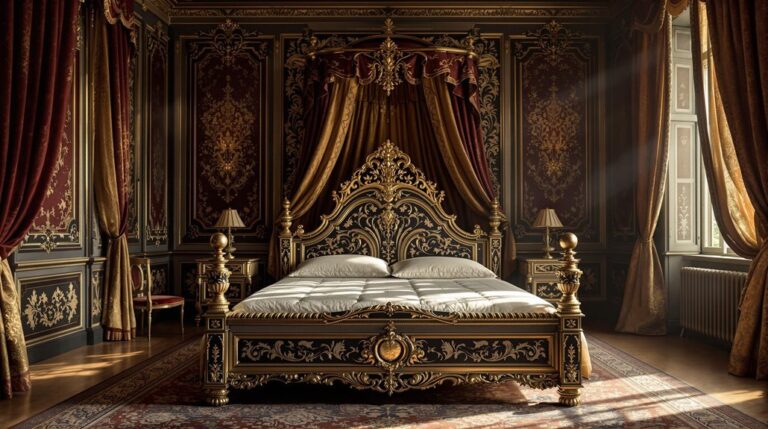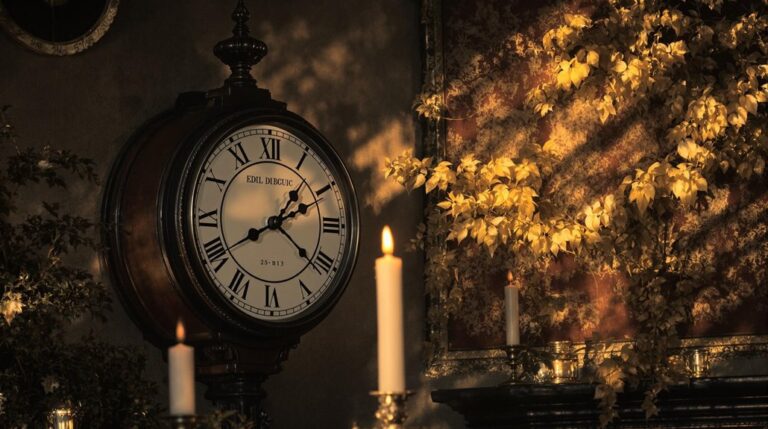The Window Tax: When England Taxed Sunlight
You've probably noticed those peculiar bricked-up windows on old British buildings, but you might not know they're remnants of one of history's strangest taxes. In 1696, King William III's government decided to tax homeowners based on their window count – effectively putting a price tag on sunlight. What followed was a fascinating tale of human ingenuity, architectural rebellion, and tragic consequences that would reshape Britain's cityscapes for centuries to come.
The Birth of a Controversial Revenue Scheme
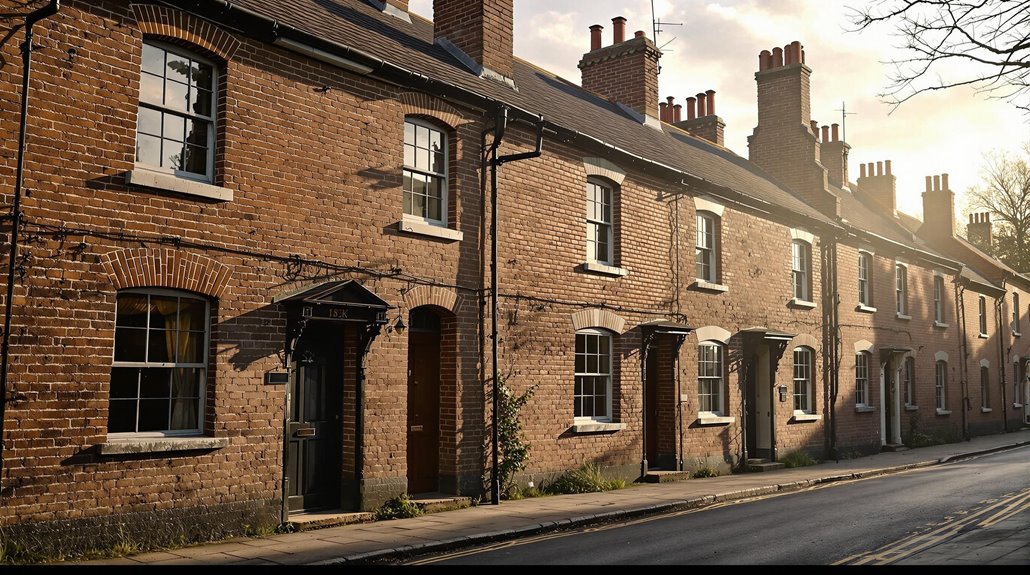
When King William III needed to supplement Britain's dwindling treasury in 1696, he introduced what would become one of history's most inventive and controversial taxes.
Looking for a way to replace revenue lost from coin clipping while avoiding the public's distaste for income assessment, his administration devised a clever solution: tax windows. Houses with different window counts faced varying rates, with six shillings charged for homes having 10-20 windows.
The historical context makes the scheme's appeal clear. You'll find that most Britons of the era viewed income tax as an unacceptable intrusion into their private affairs.
The window tax aligned with the period's taxation philosophy by using visible property features as a proxy for wealth. It established a two-tier system: a flat house tax combined with additional charges based on window count, cleverly exempting the poorest households while targeting the wealthy. The initial tax required two shillings per house, making it relatively straightforward to implement.
Breaking Down the Window Tax Structure
Though seemingly straightforward at first glance, the window tax operated through a complex system of rates, brackets, and exemptions that evolved considerably over its 155-year history.
When introduced in 1696, you'd pay a flat rate of 2 shillings per house, plus additional charges for more windows. By 1747, if your home had fewer than 10 windows, you'd enjoy complete window exemptions.
The rates increased with window count: 6d per window for 10-14 windows, 9d for 15-19, and 1s for 20 or more. The tax was designed to be progressive in nature, targeting wealthy homeowners who could afford larger properties with more windows. Data analysis revealed significant clustering around the 9, 14, and 20 window thresholds as homeowners strategically adapted their properties.
Scotland had its own rules, exempting houses with fewer than seven windows or those with rent under £5.
To combat tax evasion, authorities imposed fines of 20 shillings if you reopened blocked windows without proper notice, while certain rooms like dairies received special exemptions when clearly labeled.
How Property Owners Fought Back
As the window tax burden grew increasingly oppressive, property owners devised creative ways to minimize their tax liability. Tax evasion became widespread through both legal and questionable means, from bricking up windows to exploiting loopholes in the tax code. The tax particularly impacted properties with perforated grates in larders, which were controversially classified as windows for taxation purposes. In 1798, the U.S. government targeted homes with pane glass windows as part of their $2 million taxation effort.
You'd find sympathetic local assessors turning a blind eye, while architectural innovation emerged as property owners adapted their buildings to reduce taxation.
Three lasting impacts of this resistance:
- The emergence of new architectural designs with fewer windows and windowless floors
- The creation of false room classifications to exploit exemptions for service areas
- The development of local networks between property owners and tax assessors to circumvent regulations
Through these methods, property owners successfully reduced their tax burden, though often at the cost of proper ventilation and natural light in their homes.
Dark Rooms and Deadly Consequences
While property owners found ways to minimize their tax burden, the consequences of bricking up windows proved devastating for public health. The removal of windows created dark, poorly ventilated spaces that became perfect breeding grounds for disease transmission.
You'd find entire floors of buildings without a single window, forcing families to live in perpetual darkness. Property owners who had more than six windows faced steep taxation. The tax was initially designed to assess occupant wealth, using window counts as a measure of prosperity.
The architectural neglect spawned by the window tax led to severe health crises. Cholera, smallpox, and typhus spread rapidly through these dimly lit dwellings, with one particularly deadly typhus outbreak claiming 52 lives in a single six-family building in 1781.
Medical professionals began campaigning against what they called the "Tax on Light and Air," recognizing how the lack of natural sunlight and proper ventilation was decimating the health of urban residents, especially the poor.
Reshaping Britain's Architectural Identity
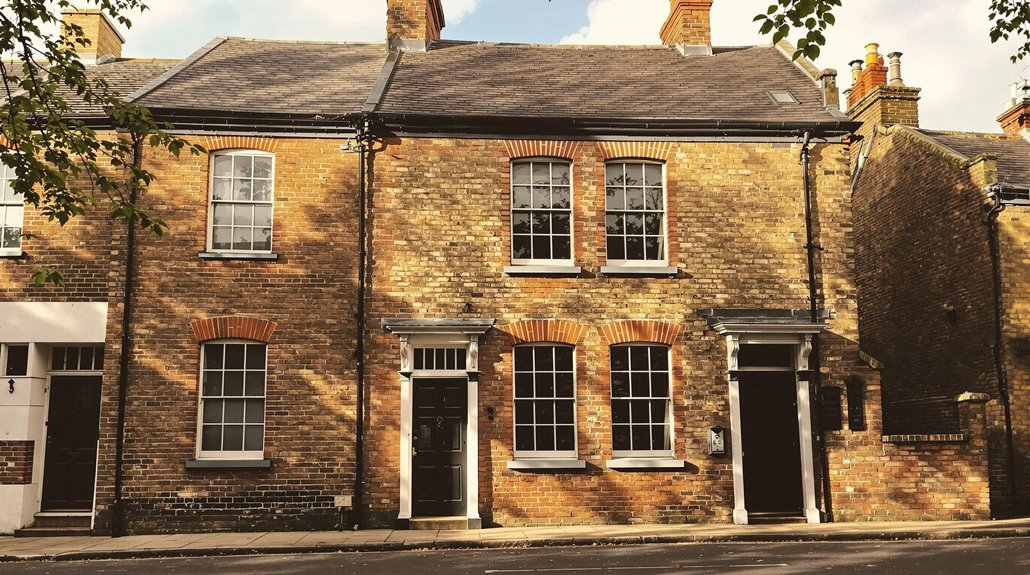
When Britain's window tax took hold, it fundamentally transformed the nation's architectural landscape in ways that would endure for centuries. The taxation impacts sparked unprecedented architectural innovation as builders and homeowners adapted to minimize their tax burden while maintaining aesthetic appeal. The tax served as a non-invasive assessment method for determining resident wealth without entering properties. The policy remained in effect for an exceptionally long 155-year period until its eventual repeal.
You'll still find evidence of this era across Britain's streetscapes, where creative solutions emerged:
- Fake painted windows and "blind windows" preserved symmetrical facades while avoiding taxation.
- Strategic placement of skylights and roof lanterns compensated for blocked windows.
- Regional variations developed, from Scottish tenements with bricked-up upper floors to London townhouses with carefully calculated window arrangements.
These adaptations didn't just change individual buildings – they created a distinctly British architectural identity that carries through to modern design, where you'll spot false windows and varied fenestration patterns inspired by this tax-driven evolution.
The Long Road to Repeal: A 155-Year Journey
Despite its initial acceptance as a wealth assessment tool, Britain's Window Tax endured a turbulent 155-year existence before its eventual repeal in 1851.
Throughout this period in taxation history, the government frequently modified the tax, adjusting rates and window thresholds to maximize revenue, particularly during the Napoleonic Wars. Property owners often resorted to bricking up windows to avoid hefty tax payments.
However, you'll find that growing opposition emerged as public health concerns took center stage.
By the early 18th century, doctors were linking the tax to increased sickness and mortality, with Dr. D B Reid's 1845 report providing compelling evidence of its harmful effects.
The lack of proper ventilation and natural light had become associated with widespread epidemics.
After a failed repeal attempt in April 1850, a national campaign finally succeeded in abolishing the tax in July 1851, replacing it with a broader inhabited house tax.

